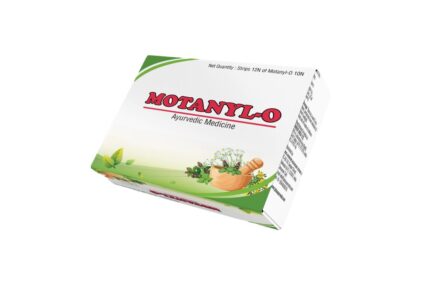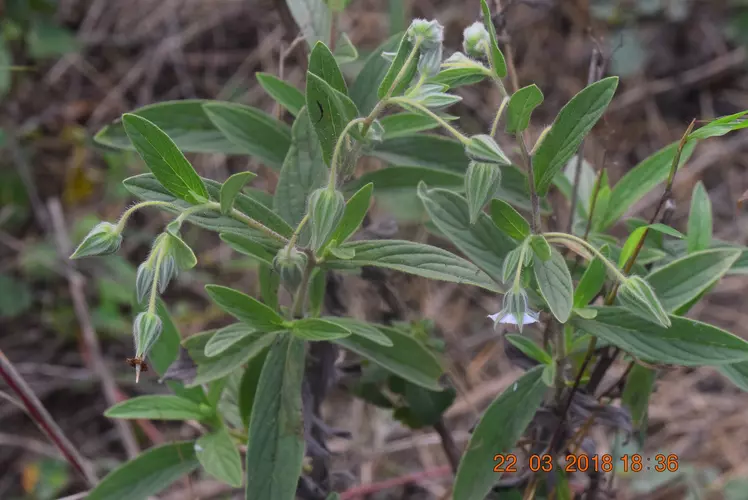Tinthini and its synonyms are not described in the brhat trayi works. Tinthinika is found in kaiyadeva nighantu and bhavaprakasa nighantu also. K.C.Chunekarji identified it as T. zeylanicum. Another species, Trichodesma indicum is recognized as adhahpuspi by P.V.Sharmaji.
Botancial Description – Annual with a tap root, or perhaps occasionally a short-lived perennial with a somewhat woody stock, with erect stems 0.3–1.5(2.0) cm. high, with ascending branches in the upper part; stems clothed with short spreading hairs interspersed with coarse tuberculate setae, or occasionally only with the tuberculate setae. Leaves (3)5–12(15) x 1–3(4) cm., narrowly elliptic, cuneate or occasionally rounded at the base, usually acute at the apex, sessile or subsessile, opposite or the uppermost alternate, the upper surface covered with tuberculate setae and sometimes with smaller hairs between them, the lower surface with tuberculate setae on the major veins and usually with a dense covering of smaller spreading or appressed hairs between them. Inflorescence 1–5 cm. long at flowering, elongating to up to 14 cm. in fruit, many-flowered, terminal on main and lateral branches, bracteate for most or all their length, the bracts ovate to lanceolate and rounded or subcordate at the base; pedicels 1–3 cm., densely clothed with conspicuous flexuous spreading hairs up to 2 mm. long and often also with minute spreading hairs. Sepals 7–10 x 2–3.5 mm. at flowering, enlarging to up to 20 x 6 mm. in fruit, ovate to lanceolate, rounded at the base, acute at the apex, densely clothed with long appressed or ascending hairs with those on the midrib and margins usually tending to be setose and more strongly tuberculate than the others. Corolla 7–9 mm. long, slightly shorter than to slightly longer than the sepals, the lobes broadly ovate-acuminate; lobes pale blue to lilac or pinkish, the tube often whitish between the lobes and with red to purple markings at its base. Fruit comprising four nutlets, falling separately to leave a pyramidal gynobase with four strongly concave sides, each with a more or less winged margin, and a persistent terminal style; nutlets 4–4.5 x 2.5–3.3 x 1–1.5 mm., compressed-ovoid, smooth and shiny and usually mottled with grey and brown on the outer surface, rugose on the inner surface.





Reviews
There are no reviews yet.